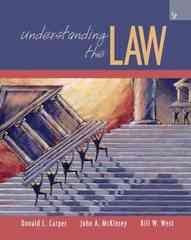Question
Inside groups There are N individuals in ONE group. Each individual i in any of the two groups can exert effort xi at cost c
Inside groups
There are N individuals in ONE group. Each individual i in any of the two groups can exert effort xi at cost c (xi) = xi to increase the chance that their group obtain a private good of value V, which will then be redistributed equally across members (every one gets Vi/N). Denote by [0, 1] (vs 1 ) the probability that group A wins the private good. Then, define X as the total effort (ie the sum) of group members and = X X+1 as the probability of getting the prize. Here we are interested in individual levels of effort.
1. Write down the utility function for one group member assuming that every member does the same effort (hence X = x N)
2. What is the optimal effort (optimal value of x ) ? Does optimal effort increase or decrease when N increases? Interpret this last result.
3. Solve again the main model, but assume that the good is public. Is there more or less free-riding than with the private good? Explain
4. Solve again the main model (good is private) but assume that the cost is now convex: c (xi) = xi , where > 0. can be interpreted as an inverse productivity parameter: The lower, the lower conflict effort's cost. What is the value of such that there is total free riding (that is the effort is null)?
Step by Step Solution
There are 3 Steps involved in it
Step: 1

Get Instant Access to Expert-Tailored Solutions
See step-by-step solutions with expert insights and AI powered tools for academic success
Step: 2

Step: 3

Ace Your Homework with AI
Get the answers you need in no time with our AI-driven, step-by-step assistance
Get Started


